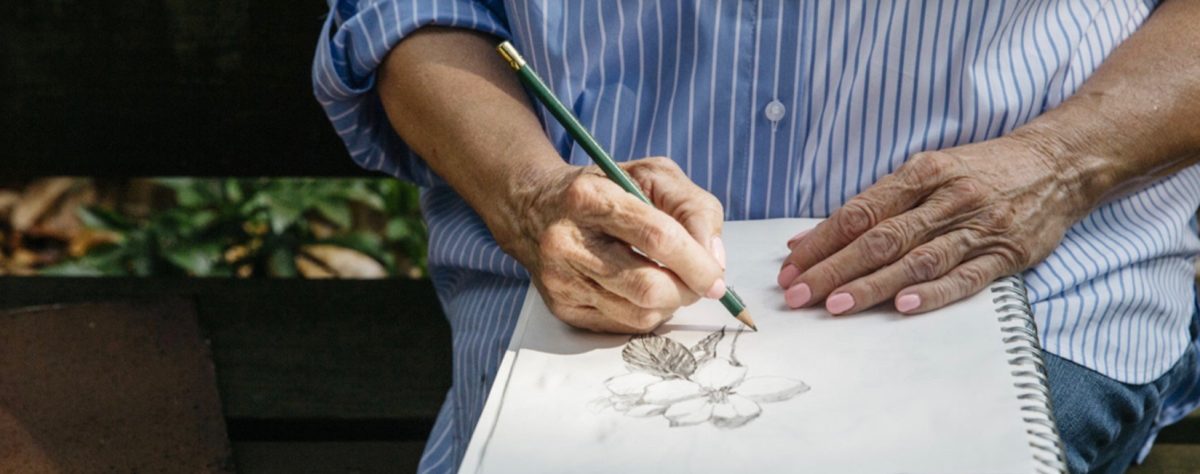“Are you green and growing, or ripe and rotting?” Ray Kroc (from Brainyquote)
Many painters rely on Hooker’s Green for the precise replication of the trees of the forest and the grass of the fields but its origins are with the botanical artist renowned for his fruit depictions, William Hooker (1779-1832). Hooker began mixing colors to get the precise bluish green of apples and other fruits of a green variety. He shared his green mixture with his contemporary, John Sell Cotman, noted watercolorist and namesake of the Cotman brand of watercolors. Hooker’s Green has continued to be a mainstay in the paintbox of watercolorists and botanical painters to this day though oil painters enjoy its use, as well.
William Hooker was a botanical artist working for the Horticultural Society of London, when he developed his green, mixing Prussian Blue and gamboge. Gamboge proved to be fugitive in the mix leading latter artists to prefer the substitution of Aureolin or Yellow Oxide. For those artists who prefer to mix their own Hooker’s Green, the Prussian Blue is frequently exchanged for Phthalo Blue and mixed with Aureolin or Yellow Oxide for better similarity with the tube version. Hooker’s Green is a transparent green making it a great choice in the layers of washes and glazes of botanical painting.
William Hooker, botanical artist of the Horticultural Society of London is frequently confused with William Jackson Hooker (1785-1865), botanist and former director of Great Britain’s famed Kew Gardens. Though the two William Hookers were both noted in the world of botany around the same time period, they are not related. William Jackson Hooker was a professor of botany before taking the position of director of Kew Gardens. William Hooker, studied scientific illustration under Francis Bauer before serving as official illustrator to the Horticultural Society of London, (now the Royal Horticultural Society).
Painting fruits, trees, leaves, and grasses is a breeze when adding Hooker’s Green in some form to your palette. Hooker’s Green is the green of growing things. Whether mixing your own or using the tube variety, today’s versions of Hooker’s Green have a better light-fastness than the original. However, when discussing the inventor of this particular paint color, be sure not to mix up your Hookers. Not all Hookers are the same.
For more on botanical gardens and botanical painting follow these links:
The Society of Botanical Artists
The American Association of Botanical Artists



Thanks for this info, fascinating. I came across some new green paint colours just before I left Australia and they really captured the grey-green of the Aussie landscape.